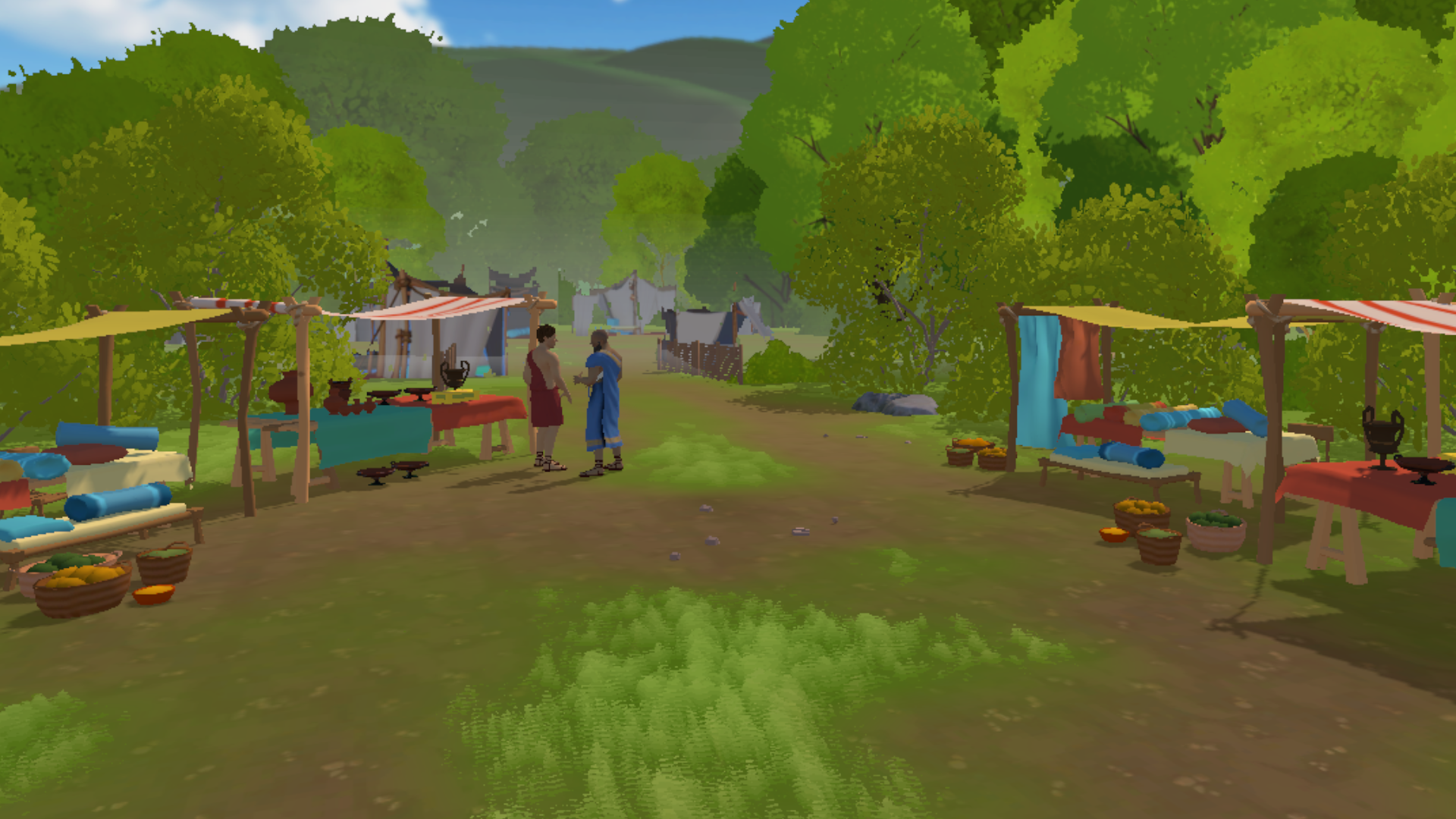Historical Resources
A Market-Place and Campsite at Dodona

Pilgrims visiting ancient sites, especially those who had travelled long distances, were likely to need some food, water and shelter. They might also require specific ritual items, as well, including items to dedicate to the gods, or particular items of clothing (if these were specified in the sanctuary’s instructions). Thus, most ancient sanctuaries were more than simply places of worship. If they attracted visitors, they were also likely to be hubs of trade, offering local entrepreneurs opportunities to sell their wares.
There is evidence for some sites attempting to regulate the activities of traders: for example, at the temple of Hera on Samos, there were four legitimate traders, and rules that forbade others (soldiers, suppliants, the unemployed, and slaves) from trying to sell anything in the sanctuary. In contrast, traders at Andania (in ancient Messenia), where the mysteries of the Great Gods were celebrated, had a great deal of freedom. While there were some rules for the traders to follow—there were no time limits on when they could trade, no charges for space in the market-place, and no price limits!
The VRO depicts a likely location for the marketplace and campsite at the sanctuary of Zeus at Dodona, although it is not certain from the archaeological evidence where these would have been located at different stages of the sanctuary's development.
References
- Dillon, M. 1997. Pilgrims and Pilgrimage in Ancient Greece. London: Routledge.